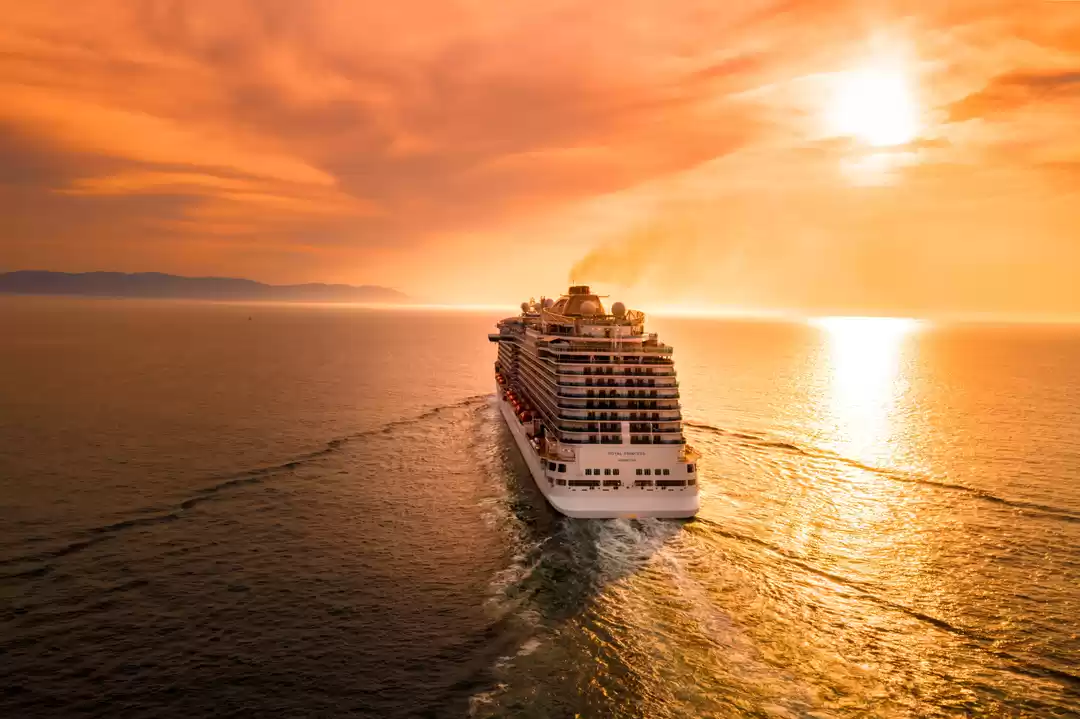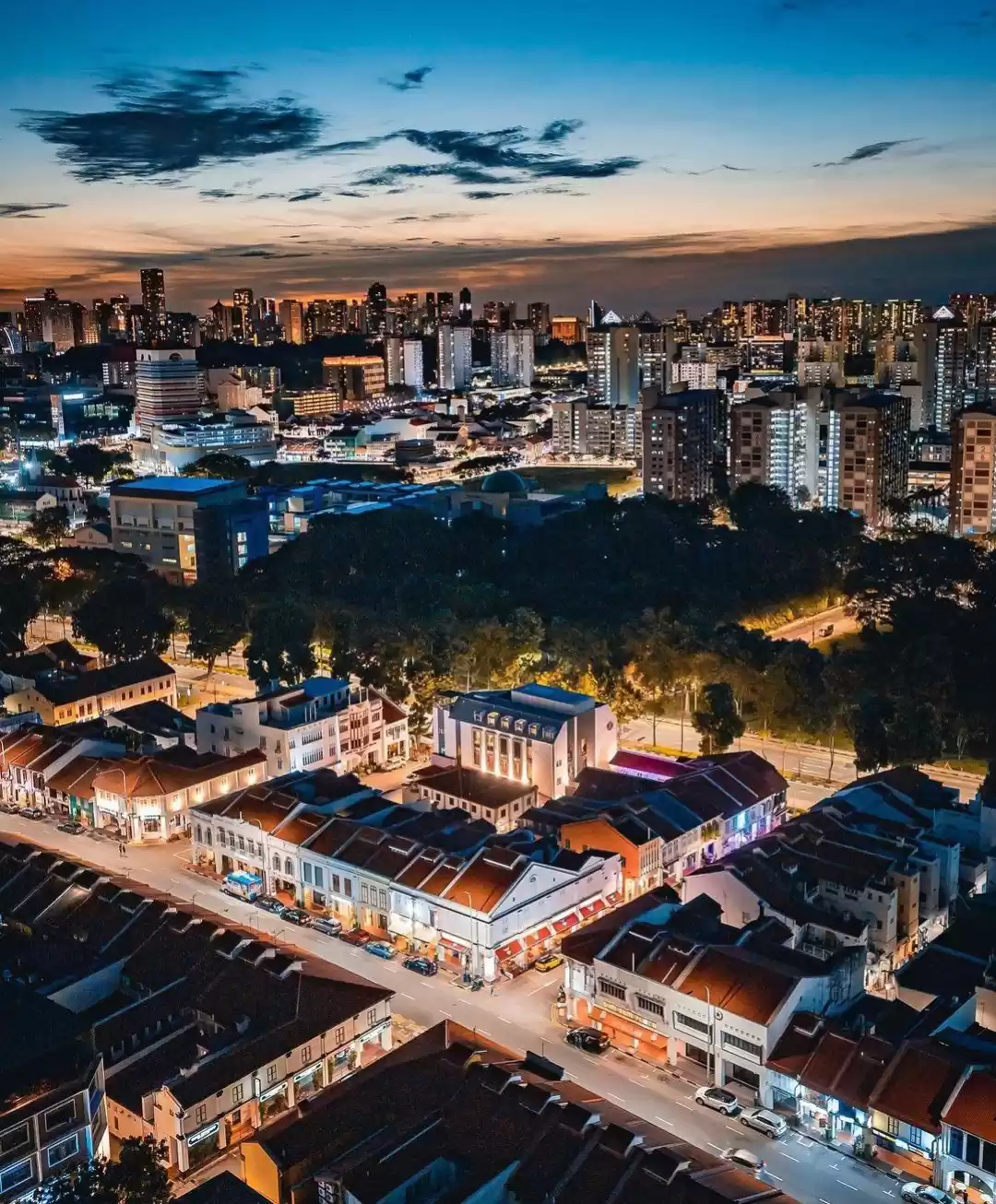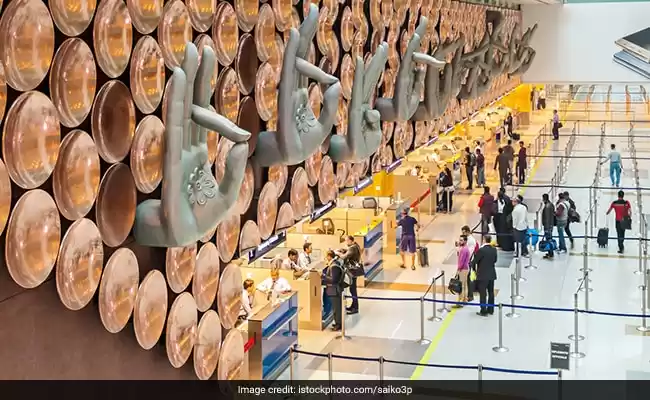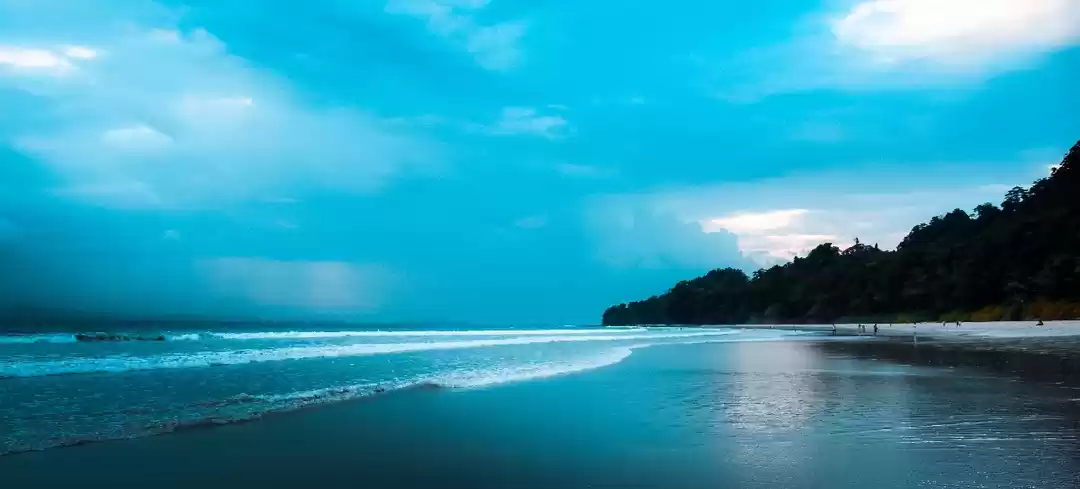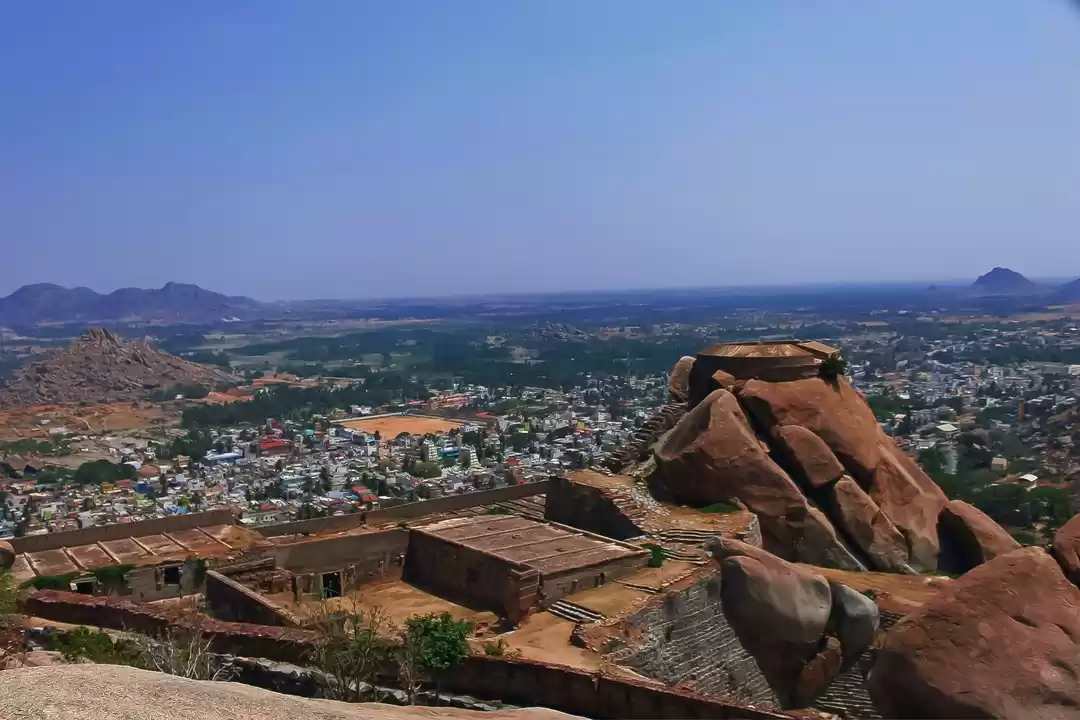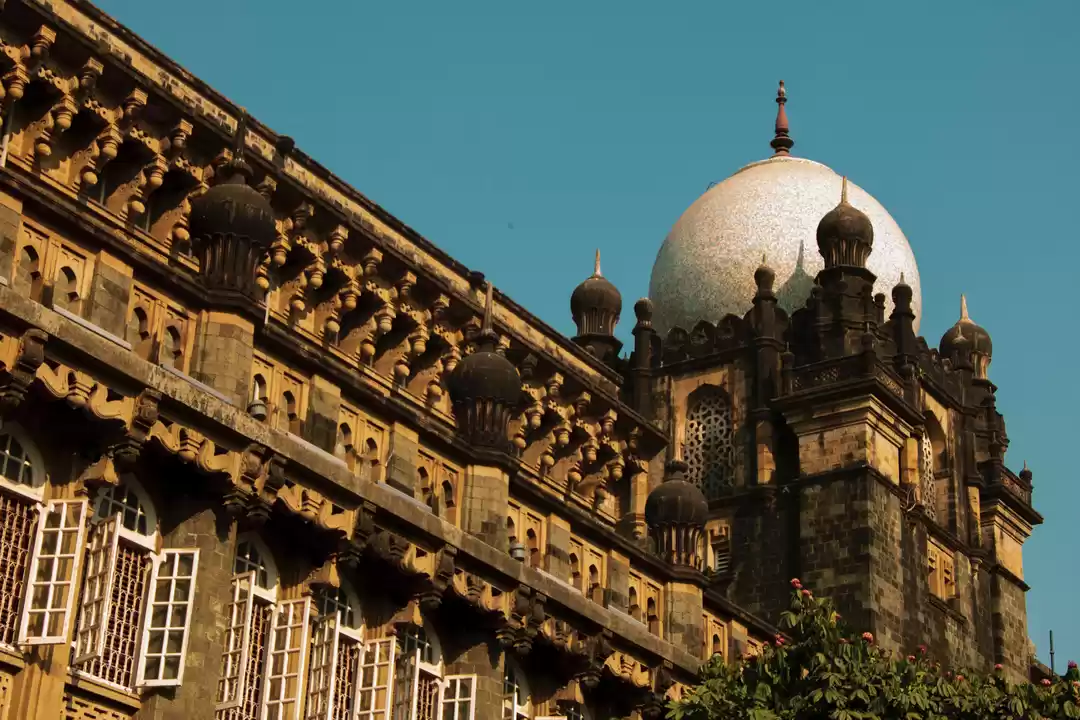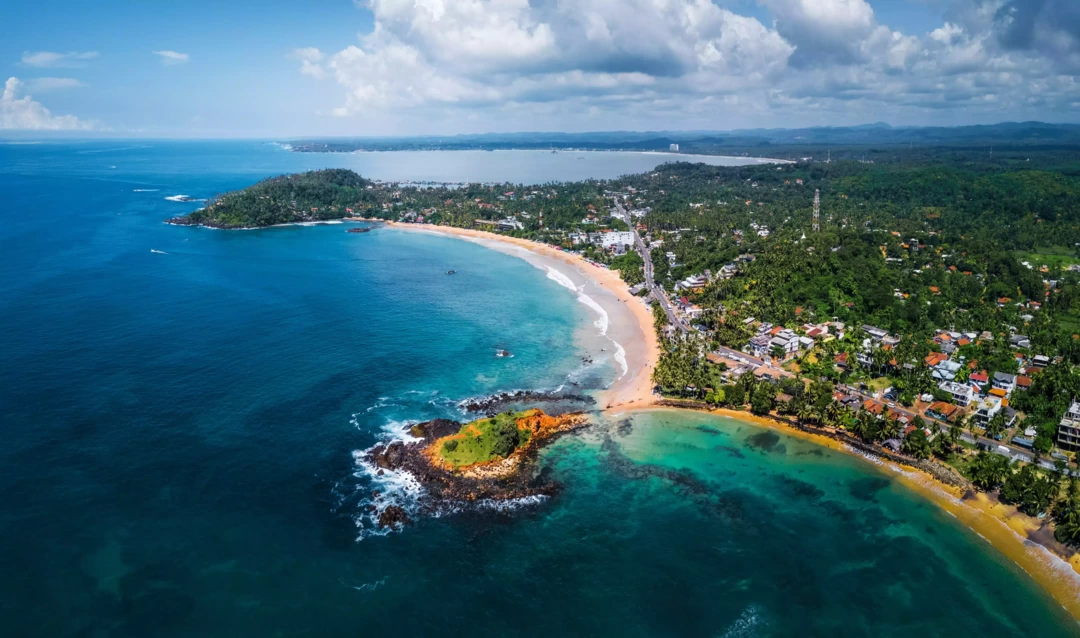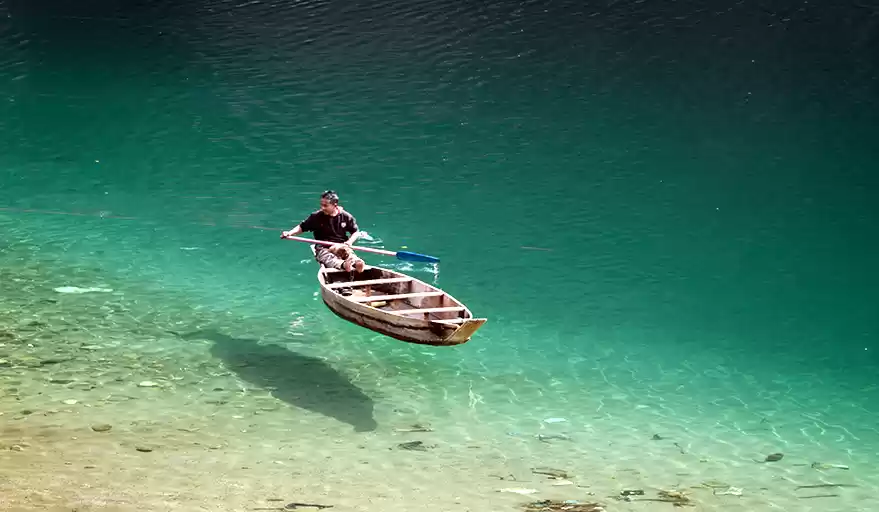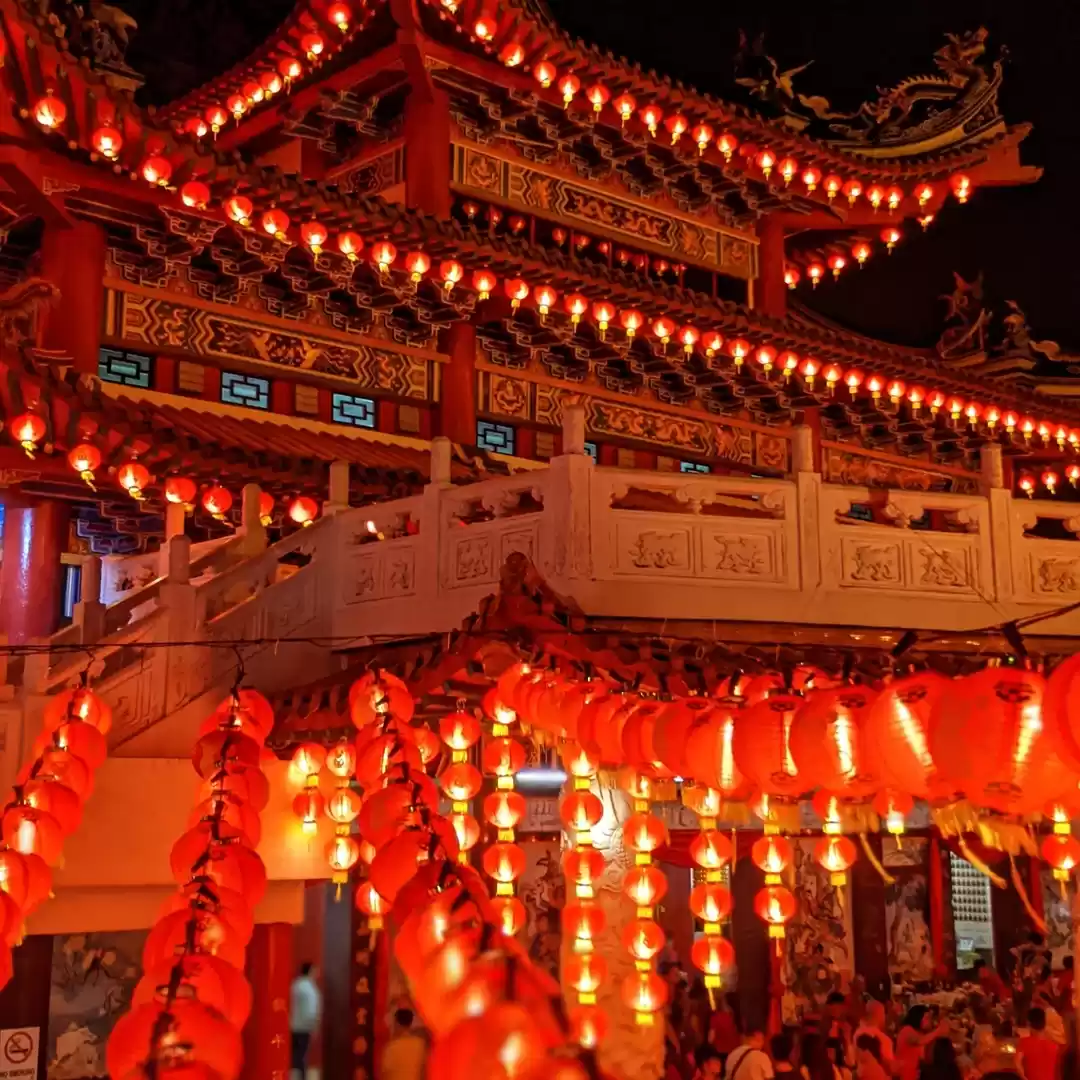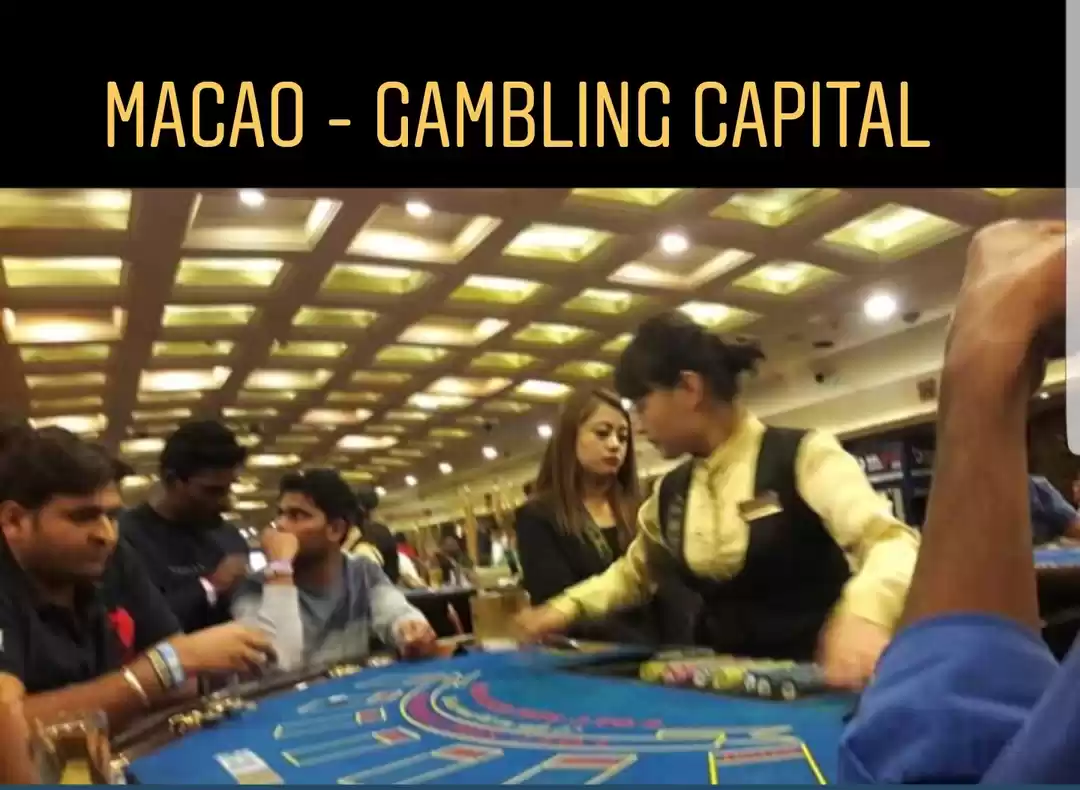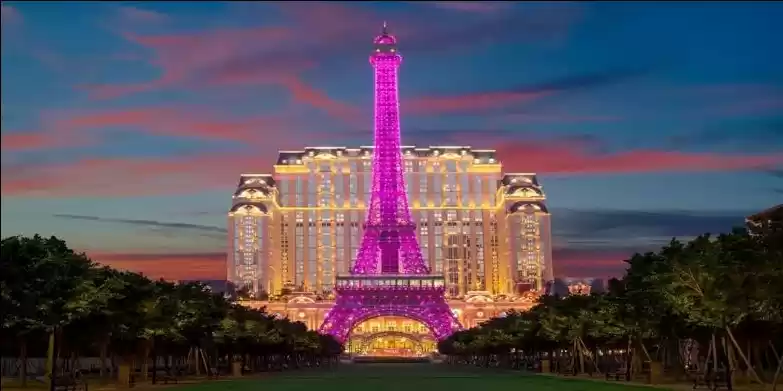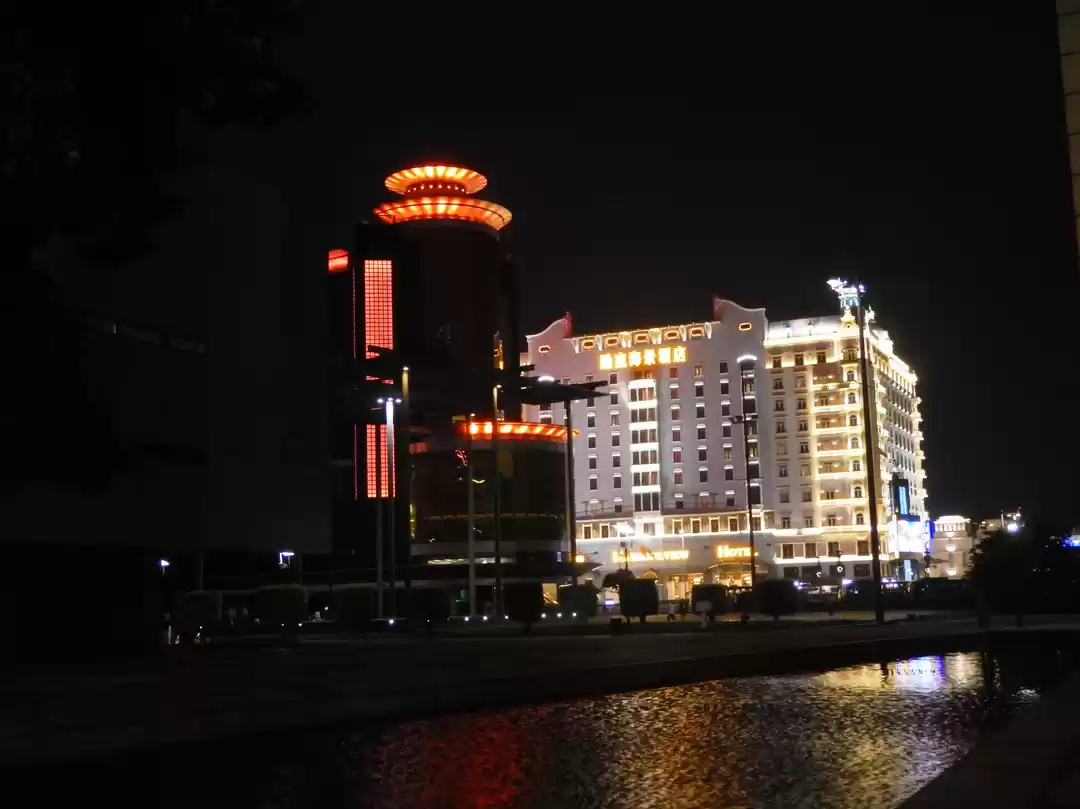Macau was formerly a colony of the Portuguese Empire, after Ming China leased the territory as a trading post in 1557. Portugal governed the area under titular Chinese sovereignty and authority until 1887, when it was given perpetual colonial rights for Macau. The colony remained under Portuguese rule until 1999, when it was transferred to China. As a special administrative region, Macau maintains separate governing and economic systems from that of mainland China.
1. The initially small population of Portuguese merchants rapidly became a growing city.
2. The Roman Catholic Diocese of Macau was created in 1576, and by 1583, the Senate had been established to handle municipal affairs for the growing settlement.
3. Macau was at the peak of its prosperity as a major entrepôt during the late 16th century, providing a crucial connection in exporting Chinese silk to Japan during the Nanban trade period.
4. Although the Portuguese were initially prohibited from fortifying Macau or stockpiling weapons, the Fortaleza do Monte was constructed in response to frequent Dutch naval incursions.
5. The Dutch attempted to take the city in the 1622 Battle of Macau, but were repelled successfully by the Portuguese.
6. Macau entered a period of decline in the 1640s following a series of catastrophic events for the burgeoning colony: Portuguese access to trade routes was irreparably severed when Japan halted trade in 1639, Portugal revolted against Spain in 1640, and Malacca fell to the Dutch in 1641.
7. Macau is a special administrative region of China, with executive, legislative, and judicial powers devolved from the national government.
8. Macau is on China's southern coast, 60 km (37 mi) west of Hong Kong, on the western side of the Pearl River estuary.
9. Macau has a humid subtropical climate (Köppen Cwa), characteristic of southern China.
10. Macau has a capitalist service economy largely based on casino gaming and tourism.
11. It is the world's 83rd-largest economy, with a nominal GDP of approximately MOP433 billion (US$53.9 billion).
12. Due to a lack of available land for farming, agriculture is not significant in the economy. Food is exclusively imported to Macau and almost all foreign goods are transshipped through Hong Kong.
13. Macau has a highly developed road system, with over 400 km (250 mi) of road constructed in the territory. Automobiles drive on the left (unlike in both mainland China and Portugal), due to historical influence of the Portuguese Empire.
14. Macau International Airport serves over 8 million passengers each year and is the primary hub for local flag carrier Air Macau.
15. Macau is served by one major public hospital, the Hospital Conde S. Januário, and one major private hospital, the Kiang Wu Hospital, both located in Macau Peninsula, as well as a university associated hospital called Macau University of Science and Technology Hospital in Cotai.
16. In addition to hospitals, Macau also has numerous health centres providing free basic medical care to residents. Consultation in traditional Chinese medicine is also available.
17. Food in Macau is mainly based on both Cantonese and Portuguese cuisine, drawing influences from Indian and Malay dishes as well, reflecting a unique cultural and culinary blend after centuries of colonial rule.
18. Macau preserves many historical properties in the urban area. The Historic Centre of Macau, which includes some twenty-five historic locations, was officially listed as a World Heritage Site by UNESCO on 15 July 2005 during the 29th session of the World Heritage Committee, held in Durban, South Africa.
19. Macau represents itself separately from mainland China with its own sports teams in international competitions.
20. Macau also has numerous health centres providing free basic medical care to residents.



